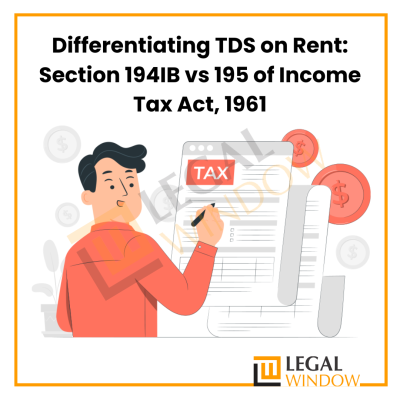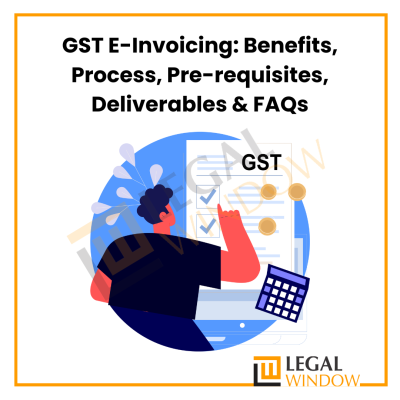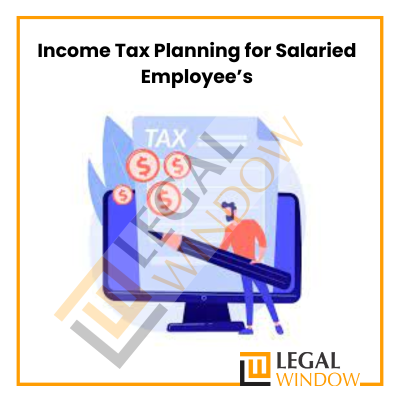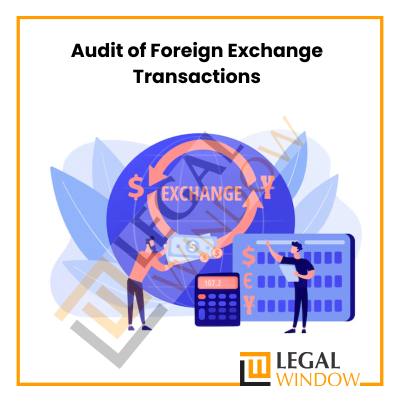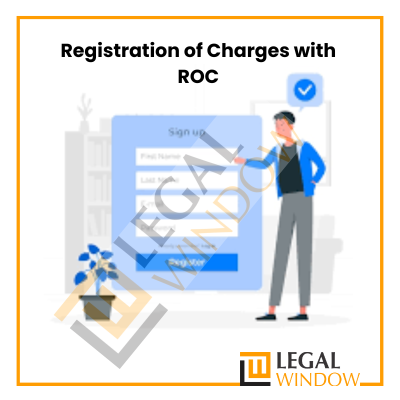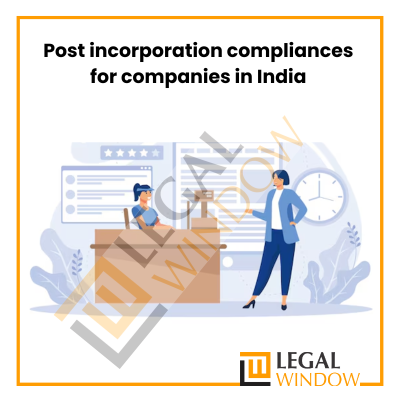Concept of Inverted Duty Structure under GST and how to claim Refund
- February 13, 2023
- GST
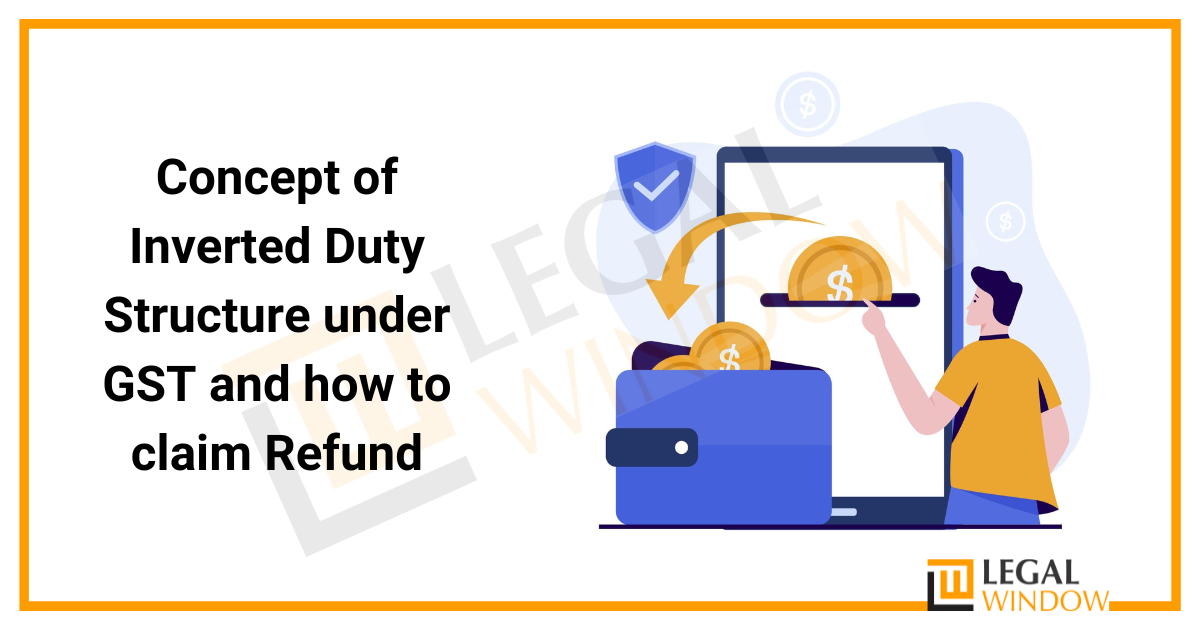
There was a constant tug-of-war between the departmental officer and the GST registrant regarding the claims for refund of input services in case of an inverted duty structure. Remarkably, due to conflicting views of two High Courts, the matter even reached the Supreme Court. After the Supreme Court’s observation that resulted in the recommendation of the 47th GST Council, let’s hope the matter settles down in favor of taxpayers soon. So let us discuss the inverted duty structure under GST.
What is an Inverted Tax Structure?
‘Inverted tax structure’ refers to a situation where the input GST rate (i.e. the GST rate paid on inputs received) is higher than the output GST rate (i.e. the GST rate payable on outgoing supplies). Simply put, the taxpayer ends up paying more tax on purchases compared to sales tax. A taxpayer is entitled to a refund of the Input Tax Credit (ITC) due to the reverse tax structure.
Inverted tax structure in the pre-GST regime
In the pre-GST regime, a situation of inverted duty structure arose in cases where the import duty on raw materials that were used in the manufacture of finished goods was higher than the import duty on the finished goods themselves.
An example showing the case of a reverse duty structure: Tyres import duty (finished goods) = 10%
Natural rubber import duty (raw material) = 20%.
Pre-Amendment Refund Formula
The maximum amount of refund = {(Turnover of reverse-rated supply of goods and services) x Net ITC ÷ Adjusted total turnover} – tax payable on such reversed nominal supply of goods and services.
= 550000*50000/600000 – (550000*5/100)
Eligible return = 45833 – 27500 = 18333
Post-Amendment Refund Formula
Now the formula for refund after amendment-
The maximum amount of refund = {(Turnover of reversed assessed supply of goods and services) x Net ITC ÷ Adjusted total turnover} – {tax payable on such reversed assessed supply of goods and services x (Net ITC ÷ ITC utilized on inputs and input services)}
=550000 *50000/600000- (27500*50000/65000)
= 45833 -21154 = Rs.24679
Hence refund increased after the change in the formula – (24679 – 18333) – Rs 6346
Reason for change in formula
Output tax reduction on inverted rated supplies is to be made in the same proportion as ITC was availed on input and input services during the relevant period. Now many disputes have been resolved but still, it would be great if ITC on capital goods is also considered by GST Council.
Refund in Inverted Tax Structure under GST
A registered person can apply for a refund of unused input tax credit (ITC). ITC due to the reverse tax structure can be claimed at the end of each tax period where the credit has accumulated because the input tax rate is higher than the output tax rate. The tax period is the period for which the return must be filed.
Exceptions, when it is not possible to apply for a refund of an unused input tax credit, are as follows:
- Output supplies are zero-rated or wholly exempt except for supplies of goods or services or both as may be notified by the Government on the recommendation of the GST Council.
- If goods exported from India are subject to export duty.
- If the supplier claims a refund of output tax paid under the IGST Act.
- If the supplier avails duty drawback or IGST drawback on such supplies.
Maximum refund amount, formula, and conditions
The maximum refund amount = (turnover of reverse-rated supply of goods and services X Net input tax credit/adjusted total turnover) – tax payable on the such reverse-rated supply of goods and services
Let us understand with an example-
Supply of Cloth Bags (Output) Value: Rs.1, 400
GST on the above items: 1,400 × 5% = Rs.70
Supply of Silk Fabric: Value Rs.1, 500
GST on the above items: Rs.1, 500×5%=Rs.75
The purchase value of silk yarn: 1000 rupees x 5%
GST on the above items: Rs.1000. × 5%=50
The purchase value of non-woven fabric Rs.1, 000
GST on the above items: 1000 × 12% = Rs.120.
The reverse nominal supply turnover which in this case is Rs.1, 400.
Maximum Refund = {(1400×120)/1400}-70 = Rs 50
Useful terms in calculating the maximum refund amount
Turnover of inverted nominal supply of goods
The value of a reverse supply of goods or services made during the relevant period without payment of tax under the bond or promise. In the above example, turnover of reverse nominal supply of goods = Rs.1, 400
Net input tax rebate
Net ITC means input tax credit availed on inputs during the relevant period, other than input tax credit availed for which refund is claimed under sub-rules (4A) or (4B) or both. In the above example, it is 50+120-50= Rs. 120
Adjusted total turnover
“Adjusted total turnover” means the turnover in a State or Union territory as defined in sub-section (112) of section 2, excluding the value of exempt supplies other than zero-rated supplies and the turnover of supplies for which refund is claimed under sub-rules (4A) or (4B) or both during the relevant period.
In the above example it is 1500+1400-1500 = Rs. 1400 Turnover in a State or Union Territory as defined in sub-section (112) of section 2: “Turnover in a State” or “turnover in a Union Territory” means the aggregate value of all taxable supplies (other than the value of inward supplies) on which tax is paid by a person based on devolution) and exempt supplies made within a State or Union Territory by a taxable person, exports of goods or services or both, and interstate supplies of goods or services or both made from a State or Union Territory by a specified taxable person, but does not include central tax, state tax, tax on the territory of the Union, integrated tax and cess.
Tax payable on such reverse-assessed supply of goods
The amount of tax payable on the reversed sanitized supply of goods under the same head i.e. IGST, CGST, and SGST. In the above example, it is 1400×5%=Rs.70
Relevant Period
The claim made during a period is called a relevant period.
How to claim a refund of unused ITC?
- Prerequisites: GSTR-1 and GSTR-3B must be filed for the relevant tax period for which you want to claim a refund of the ITC collected.
- Form to submit: RFD-01
Note: RFD-01 is an application through an online facility permitted for refund claims.
- The time limit for filing:
RFD-01 must be filed within two years of the end of the financial year in which such a claim for refund arises.
Procedure to follow-
Step 1: Fill in and submit RFD-01 to the GST portal. ARN will be generated by GST portal.
Step 2: Take a printout of the submitted claim and the generated refund claim ARN confirmation available on the portal.
Step 3: Submit the printed documents with relevant supporting documentation to the appropriate authority.
Step 4: The tax refund application will be processed by the tax officer. Once the request is processed, the refund will be paid manually.
Step 5: Contact the Nodal Officer of the concerned State/Centre in case the jurisdiction of the State/Centre is not yet assigned.
Final words
Input tax credit accumulation occurs when the tax paid at the input is higher than the tax liability at the output. Such accumulation will have to be transferred to the next accounting period until the registered person can use it to pay the output tax liability. However, the GST Act allows refund of unutilized ITC in two scenarios, namely where such accumulation of credit occurs on account of zero-rated supplies or account of inverted duty structure, subject to certain exceptions.
LegalWindow.in is a professional technology driven platform of multidisciplined experts like CA/CS/Lawyers spanning with an aim to provide concrete solution to individuals, start-ups and other business organisation by maximising their growth at an affordable cost. Our team offers expertise solutions in various fields that include Corporate Laws, Direct Taxations, GST Matters, IP Registrations and other Legal Affairs.
Categories
- Agreement Drafting (23)
- Annual Compliance (11)
- Change in Business (36)
- Company Law (148)
- Compliance (90)
- Digital Banking (3)
- Drug License (3)
- FEMA (17)
- Finance Company (42)
- Foreign Taxation (6)
- FSSAI License/Registration (14)
- GST (120)
- Hallmark Registration (1)
- Income Tax (202)
- Latest News (34)
- Miscellaneous (165)
- NBFC Registration (8)
- NGO (14)
- SEBI Registration (6)
- Section 8 Company (7)
- Start and manage a business (21)
- Startup/ Registration (130)
- Trademark Registration/IPR (40)
Recent Posts
About us
LegalWindow.in is a professional technology driven platform of multidisciplined experts like CA/CS/Lawyers spanning with an aim to provide concrete solution to individuals, start-ups and other business organisation by maximising their growth at an affordable cost.


